Let’s dive into something that affects nearly half of adults in the U.S. but often flies under the radar—blood pressure. You’ve probably heard the term “hypertension” before, and yes, it’s just a fancy way of saying high blood pressure. But what does it really mean? Blood pressure is the force of your blood pushing against the walls of your arteries as your heart pumps. Think of it like water flowing through a garden hose—too much pressure, and things can get damaged.
The numbers you hear when getting your blood pressure checked (like 120/80 mmHg) are crucial. The top number, or systolic pressure, measures the pressure in your arteries when your heart beats. The bottom number, or diastolic pressure, reflects the pressure when your heart rests between beats. When these numbers climb too high—above 130/80 mmHg—you’re dealing with hypertension, which increases your risk for serious health issues like heart disease, stroke, and kidney problems.
Here’s the good news: there are plenty of natural ways to lower blood pressure without immediately jumping to medication. By making lifestyle modifications, you can reduce your risk and improve your overall health. From adjusting your diet to incorporating physical activity, these changes not only target high blood pressure but also contribute to a healthier, more balanced life. So whether you’re looking to prevent hypertension or manage it naturally, understanding how to care for your heart health is the first step.
Fueling Your Body: Healthy Tips to Lower Blood Pressure Naturally
When it comes to natural ways to lower blood pressure, your diet plays a starring role. One of the most effective strategies is to load up on vegetables. These nutrient-rich powerhouses are packed with potassium, magnesium, and fiber—all of which help regulate blood pressure levels. Leafy greens like spinach and kale, along with cruciferous veggies like broccoli, are especially beneficial. They work by counteracting the effects of sodium, helping to reduce the strain on your arteries.
Speaking of sodium, reducing sodium intake is one of the most trusted methods to lower blood pressure naturally. The NIH (National Institutes of Health) recommends keeping your daily sodium consumption below 2,300 mg, with an ideal target of 1,500 mg for those with hypertension. Cutting back on processed foods, which are often loaded with hidden salt, can make a significant difference. Swap salty snacks for fresh fruits or unsalted nuts, and experiment with herbs and spices instead of reaching for the salt shaker. Garlic, turmeric, and cinnamon are not only flavorful but also have heart-healthy properties that support healthy blood pressure levels.
Another key strategy is to limit saturated fat and replace it with heart-healthy fats. Saturated fats, found in red meat and full-fat dairy, can raise cholesterol levels and increase your risk of heart disease. On the flip side, heart-healthy fats like those in avocados, olive oil, and fatty fish (rich in omega-3s) can reduce inflammation and improve circulation. These dietary changes align with general clinic recommendations for managing hypertension and promoting overall cardiovascular health.
For those looking to lose weight, even modest reductions can significantly impact blood pressure. Excess weight, particularly around the abdomen, puts extra strain on your heart and blood vessels. Losing just 5-10% of your body mass can help lower blood pressure and improve heart health. Pair this with regular physical activity, and you’ll be well on your way to reducing your numbers. Remember, small, sustainable changes are more effective than crash diets or extreme measures.
If you’re wondering where to find trusted guidance, resources from organizations like the American Heart Association or the NIH.gov offer evidence-based advice. These associations emphasize the importance of a balanced diet, reduced alcohol intake, and consistent sleep patterns in maintaining healthy blood pressure. For patients seeking professional care, consulting a healthcare provider can help tailor these recommendations to your unique needs. After all, managing blood pressure isn’t a one-size-fits-all approach—it’s about finding what works best for you and sticking with it.
Move More, Stress Less: Lifestyle Modifications for Healthy Blood Pressure
Physical activity is one of the most powerful tools in your arsenal for lowering blood pressure naturally. Regular movement doesn’t just strengthen your muscles—it strengthens your heart, too. When your heart becomes more efficient at pumping blood, the pressure in your arteries decreases. Even moderate activities like brisk walking, cycling, or swimming can make a noticeable difference. Aim for at least 150 minutes of moderate-intensity exercise per week, or about 30 minutes a day, five days a week. If time is tight, shorter bursts of activity—like a 10-minute walk after meals—can still add up to meaningful benefits.
Stress management is another cornerstone of maintaining healthy blood pressure levels. Chronic stress triggers your body to release hormones like cortisol and adrenaline, which temporarily raise your blood pressure by increasing your heart rate and constricting blood vessels. Over time, this constant state of alert can lead to sustained hypertension. To combat this, incorporate relaxation techniques into your daily routine. Deep breathing exercises, mindfulness meditation, and yoga are excellent options. Even simple practices like spending time in nature, listening to calming music, or engaging in a hobby you love can help reset your stress levels.
Lifestyle modifications extend beyond diet and exercise. Reducing alcohol intake is another critical step. While moderate drinking may have some heart benefits, excessive alcohol consumption can raise blood pressure and interfere with medications. The general guideline is no more than one drink per day for women and two for men. If you’re struggling to cut back, consider seeking support from a healthcare professional or joining a community group focused on healthy living.
Sleep is equally vital in the quest for healthy blood pressure. Poor sleep quality or insufficient rest disrupts your body’s ability to regulate stress hormones and maintain normal blood pressure rhythms. Adults should aim for 7-9 hours of quality sleep each night. Create a sleep-friendly environment by keeping your bedroom cool, dark, and quiet, and establish a consistent bedtime routine. Limiting sugar and caffeine intake, especially in the afternoon and evening, can also promote better rest.
These lifestyle changes work together to create a holistic approach to blood pressure management. Whether it’s through increased physical activity, stress reduction, or improved sleep habits, each step contributes to better heart health. And remember, you don’t have to tackle everything at once. Start small, stay consistent, and celebrate progress along the way. With dedication and care, you can achieve and maintain healthy blood pressure levels naturally.
Tracking Progress and Seeking Support: A Holistic Approach to Blood Pressure Management
Monitoring your blood pressure regularly is a crucial part of managing it effectively. Home blood pressure monitors are widely available and provide a convenient way to track your numbers between visits to a healthcare center. When using a home monitor, aim for consistency—measure at the same time each day, ideally in the morning before breakfast and medication, and again in the evening. Record your readings in a journal or app to identify trends over time. This data can be invaluable during consultations with your healthcare provider, offering insights into how lifestyle modifications are impacting your levels.
If your blood pressure remains consistently high despite your efforts, it’s important to seek professional guidance. Hypertension can sometimes be resistant to lifestyle changes alone, and a trusted healthcare provider can help determine if additional interventions, such as medication, are necessary. Organizations like the NIH and clinics specializing in heart health can offer evidence-based resources and personalized care plans. Don’t hesitate to reach out to patient support groups or associations dedicated to heart health; they can provide encouragement, share experiences, and offer practical tips for managing high blood pressure.
Remember, you’re not alone on this journey. Whether you’re working to reduce sodium intake, lose weight, or incorporate more vegetables into your diet, small, consistent actions add up over time. Celebrate milestones, no matter how minor they may seem, and lean on your support system when challenges arise. With a combination of natural strategies, professional care, and a commitment to a healthy lifestyle, you can take control of your blood pressure and protect your long-term health.
Ready to take control of your health and explore natural ways to lower blood pressure? At NY Choice Medical , we’re here to support you every step of the way with personalized care tailored to your unique needs. Whether you’re focused on managing your weight, maintaining heart health, or reducing stress, our expert team is dedicated to helping you achieve your wellness goals.
Discover how we can assist you with:
- Comprehensive Weight Management Services to help you achieve a healthier lifestyle.
- Family Medicine Services for trusted, individualized care for you and your loved ones.
- Health Screening Services to stay ahead of potential health concerns and monitor your progress.
- Wellness and Stress Management Services to guide you toward balance, relaxation, and long-term vitality.
Don’t wait to prioritize your health—take the first step today! Visit us at NYChoiceMedical.com or call us to schedule your consultation. Together, we’ll create a plan that works for you and sets you on the path to a healthier, happier life.
Frequently Asked Questions About Natural Ways to Lower Blood Pressure
2. Can losing weight really help lower blood pressure?
Absolutely! Losing even a small amount of weight can make a big difference in your blood pressure levels. Excess weight, particularly around the abdomen, puts extra strain on your heart and blood vessels, leading to higher blood pressure. Studies show that losing just 5-10% of your body mass can significantly reduce blood pressure and improve overall heart health. Pairing weight loss with regular physical activity and a balanced diet amplifies these benefits, making it one of the most effective natural ways to lower blood pressure.
3. How does reducing sodium intake affect blood pressure?
Sodium plays a major role in regulating fluid balance in your body. When you consume too much salt, your body retains water, which increases blood volume and, in turn, raises blood pressure. Reducing sodium intake—aiming for less than 2,300 mg per day (or 1,500 mg if you have hypertension)—can help your kidneys flush out excess water, easing the pressure on your arteries. Start by cutting back on processed foods, using herbs and spices instead of salt, and reading food labels to find hidden sources of sodium.
4. Are there specific foods that are proven to lower blood pressure?
Yes, several foods are known to support healthy blood pressure levels. Vegetables like spinach, kale, and broccoli are rich in potassium and magnesium, which help relax blood vessels. Berries, especially blueberries, contain flavonoids that may prevent hypertension. Oats and whole grains are excellent for improving circulation, while fatty fish like salmon provide heart-healthy omega-3 fats. Incorporating these foods into your diet, along with reducing saturated fat and sugar, can naturally lower blood pressure over time.
5. How often should I monitor my blood pressure at home?
If you’re managing high blood pressure or trying natural ways to lower it, monitoring at home can be incredibly helpful. Aim to check your blood pressure at the same time each day—typically in the morning before breakfast and medication, and again in the evening. Consistency is key to spotting trends and understanding how your lifestyle changes are impacting your numbers. Record your readings in a journal or app, and share them with your healthcare provider during check-ups. If your readings are consistently high (above 130/80 mmHg), consult a professional for further guidance.

